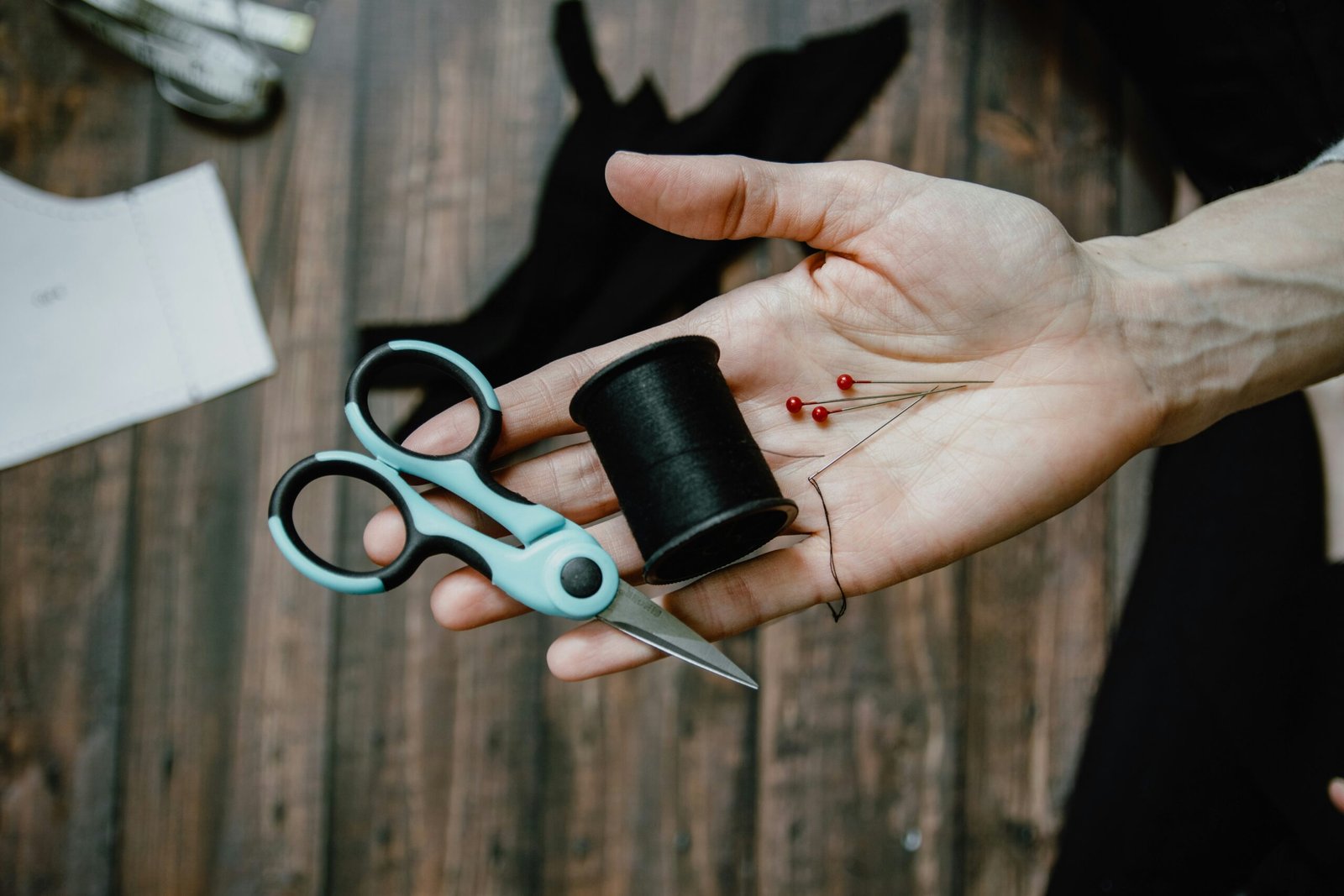Understanding Different Floor Types
In residential settings, diverse flooring materials serve both functional and aesthetic purposes. Each type of flooring has unique characteristics, requiring specific maintenance approaches to ensure longevity and appearance. Commonly found floor types include hardwood, tile, carpet, laminate, and vinyl, each having its intrinsic qualities and routine care requirements.
Hardwood floors are revered for their classic beauty and durability. Composed of natural wood, these floors can be prone to scratches and dents from everyday use. Cleaning hardwood involves regular sweeping and occasional damp mopping. Deep cleaning is recommended every few months, and homeowners should apply a protective finish every few years, depending on traffic and wear. The adaptability of hardwood to refinishing also enhances its lifespan, making proper maintenance essential.
Tile floors, available in ceramic, porcelain, or natural stone, are resilient and easily cleaned. However, the grouting can attract dirt and stains, requiring special attention. Regular sweeping and mopping are adequate for routine cleaning, while deep cleaning, including professional grout cleaning, should be performed annually. The frequency may vary based on the tile location and usage in the home.
Carpet, a softer flooring option, provides warmth and comfort. Its maintenance involves frequent vacuuming to remove dirt and allergens, along with deep cleaning every 6 to 12 months, depending on foot traffic. Stain-resistant treatments can help prolong carpet care but do not eliminate the need for regular upkeep.
Laminate and vinyl floors are popular choices for their affordability and resilience. While they mimic the appearance of natural materials, these floors require routine cleaning that involves sweeping and damp mopping. Deep cleaning for laminate and vinyl can typically be done as needed, usually every few months, as they are less susceptible to staining compared to carpets.
Understanding the material composition of your floors is vital to tailor an effective maintenance strategy. By recognizing each flooring type’s characteristics and typical wear and tear, homeowners can more effectively determine how often to clean and maintain their surfaces. This proactive approach not only extends the life of your floors but also enhances the overall ambiance of your living space.
Routine Maintenance: Frequency and Best Practices
Routine maintenance is a foundational aspect of preserving the longevity and aesthetic appeal of various flooring types. Different materials require distinct approaches to cleaning, and maintaining a structured schedule is crucial. For hard surfaces like tile and hardwood, daily sweeping or vacuuming is essential to remove dirt and debris that can scratch or damage the flooring. Microfiber mops are highly recommended for these surfaces, as they effectively capture dust without causing harm.
For carpeted areas, a weekly vacuuming routine is advisable to prevent the build-up of allergens and dirt. Additionally, it is prudent to spot clean stains immediately to minimize potential permanent damage. It is beneficial to rotate furniture occasionally to prevent uneven wear on carpet fibers.
Monthly deep cleaning is pivotal for all floor types. For hardwood, use a specialized cleaner to maintain its finish, while laminate floors require a damp mop with a mild detergent to avoid warping. Carpets greatly benefit from professional steam cleaning or rental machines to extract deeply embedded dirt and allergens that regular vacuuming may leave behind.
When implementing these cleaning schedules, consider the specific needs of your flooring material. For instance, avoid excessive water on hardwood floors to prevent warping, and follow manufacturer guidelines for cleaning products to ensure compatibility. It’s also wise to choose non-toxic and environmentally friendly cleaners that effectively maintain floors while ensuring safety for inhabitants.
By adhering to a structured cleaning regimen, homeowners can not only extend the lifespan of their floors but also maintain a clean and healthy living environment. Such diligence in routine maintenance ultimately contributes to preventing costly repairs or replacements, underscoring the importance of understanding and respecting the specific requirements of each flooring type.
The Importance of Professional Deep Cleaning
Maintaining the cleanliness of home floors is essential not only for aesthetic appeal but also for a healthier living environment. While regular cleaning routines are crucial, the importance of professional deep cleaning cannot be overstated, especially in high-traffic areas where dirt and allergens accumulate more quickly. Professional deep cleaning involves a comprehensive process that goes beyond the surface level to eliminate grime, stains, and embedded dirt.
Unlike standard cleaning, which often focuses on visible dirt and dust, professional deep cleaning includes advanced techniques and equipment to deeply penetrate and refresh various flooring materials. This specialized service typically utilizes industrial-grade cleaning solutions and equipment designed to tackle stubborn stains and restore floors to their original condition. For instance, carpet deep cleaning often employs steam cleaning, while hard surface floors may utilize buffing or scrubbing that a regular mop simply cannot achieve.
Engaging experts for deep cleaning provides an array of advantages. Professionals can identify specific issues, such as wear and tear or potential damage that may not be apparent to an untrained eye. Moreover, having a tailored cleaning plan ensures that the unique needs of different floor types, such as hardwood, carpet, or tiles, are adequately addressed. Recommendations for the frequency of professional deep cleaning can vary. Generally, it is advisable to deep clean high-traffic areas at least once every six to twelve months, while those with pets or allergies might benefit from an even more frequent schedule.
Additionally, many professional cleaners now offer eco-friendly cleaning methods and products that effectively sanitize and rejuvenate floors without the use of harmful chemicals. This approach not only ensures safety for human occupants and pets but also contributes positively to environmental health. Overall, investing in professional deep cleaning services is a wise decision for homeowners looking to maintain the longevity and appeal of their flooring investments.
Creating a Customized Floor Maintenance Plan
Establishing a personalized floor maintenance plan is essential to ensure the longevity and appearance of your home’s flooring. Begin by evaluating the specific types of flooring in your home, as different materials require distinct care routines. For instance, hardwood floors may necessitate less frequent cleaning and specific products, while carpets demand regular vacuuming and deep cleaning to remove dirt and allergens effectively.
Next, consider your household’s lifestyle. If your home accommodates pets or children, you may need to adjust your maintenance frequency accordingly. A high-traffic area may necessitate more regular cleaning compared to a rarely used room. Once you identify your flooring types and lifestyle factors, create a structured cleaning schedule. This schedule should include daily, weekly, monthly, and seasonal tasks tailored to your specific needs.
To assist in your planning, a useful template might include a checklist detailing tasks such as sweeping, mopping, vacuuming, and inspecting for wear and tear. For instance, a weekly cleaning task may involve vacuuming carpets and wiping down hard surfaces, while monthly tasks could include deep cleaning carpets or polishing hardwood floors. Regularly scheduled inspections can help identify any unusual wear or damage early on, allowing for timely intervention before minor issues escalate into major repairs.
In the event of significant wear or noticeable damage, it is prudent to consult a professional for advice or repairs. Such situations might include deep scratches in hardwood floors or stains on carpets that require specialized treatment. By establishing a maintenance plan and following it diligently, homeowners can ensure that their floors remain not only beautiful but also resilient against daily wear and tear, ultimately protecting their investment in home aesthetics.
If you’re interested in purchasing the item you seek, please click the link for additional details: #americanachoice.
https://amzn.to/3SBN3Oy
AFFILIATE DISCLOSURE: I am an affiliate for this company, I am not a paid employee.
I may receive a commission if you click a link on this page and choose to purchase something.
You can rest assured I will only share things I believe in and will be valuable to you.



